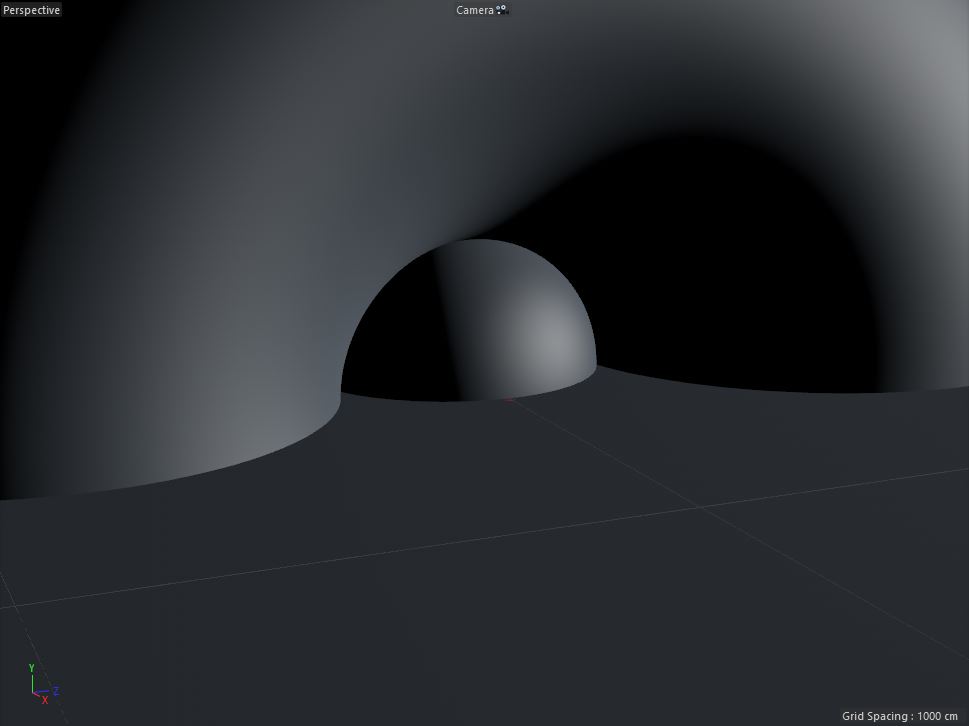I've done a lot of typing, and you've done a lot of reading - so here is a video of me sculpting an asteroid in Mudbox and doing some test compositing in After Effects, all to some repetitive music. This was part of my research into sculpting asteroid, and I ended up making 6/7 other asteroids for the final shot, however only 4 were used in the end.
Okay, so there is a little more reading... The final shot as two of the asteroids impacting each oth- yes, I KNOW that asteroids in the Asteroid Belt aren't this close together (by a good 600,000 miles), it would have been a damned miracle if anything made it through the belt given it is around 1 AU wide. But rocks smashing into each other is pretty cool, so lets throw astrophysics out of the window for this one (again). Okay back to the more technical aspects - multiple impact rocks were made in C4D which consisted of mostly very low poly spheres which were then displaced further. I used a number of standard Cinema 4D emitters to sling rocks out from the impact zone in all directions, but with a slight emphases on the direction the asteroids are moving.
Pioneer just survives the impact and glides past the chaos, and using lens effects to emulate sunlight glinting off Pioneers golden foil, I was able to draw the viewers eye from the impact, to Pioneer, and back to the impact. Below is the compositing file, however I wont go into any detail here as it was a fairly straightforward colour correct job other than the flare keyframing and depth passes.
I was aiming for a look similar to the images taken by the Rosetta probe, in terms of visual style, and think the goal was met! Finally, the bit everyone has been waiting for, the final image; and as always, the full sequence will be available for viewing once the film is finished! Thanks for reading.









